Potřebujeme váš souhlas k využití jednotlivých dat, aby se vám mimo jiné mohly ukazovat informace týkající se vašich zájmů. Souhlas udělíte kliknutím na tlačítko „OK“.
ASTM D5292-99(2014)
Standard Test Method for Aromatic Carbon Contents of Hydrocarbon Oils by High Resolution Nuclear Magnetic Resonance Spectroscopy (Withdrawn 2018)
Automaticky přeložený název:
Standardní zkušební metoda pro aromatické obsahu uhlíku uhlovodíkových olejů s vysokým rozlišením nukleární magnetické rezonance
NORMA vydána dne 1.6.2014
Informace o normě:
Označení normy: ASTM D5292-99(2014)
Poznámka: NEPLATNÁ
Datum vydání normy: 1.6.2014
Kód zboží: NS-30616
Počet stran: 7
Přibližná hmotnost: 21 g (0.05 liber)
Země: Americká technická norma
Kategorie: Technické normy ASTM
Kategorie - podobné normy:
Anotace textu normy ASTM D5292-99(2014) :
Keywords:
aromatic carbon content, aromatic hydrogen content, continuous wave, Fourier transform, hydrocarbon oils, NMR, nuclear magnetic resonance spectroscopy, ICS Number Code 75.080 (Petroleum products in general)
Doplňující informace
| Significance and Use | ||||||||
|
5.1 Aromatic content is a key characteristic of hydrocarbon oils and can affect a variety of properties of the oil including its boiling range, viscosity, stability, and compatibility of the oil with polymers. 5.2 Existing methods for estimating aromatic contents use physical measurements, such as refractive index, density, and number average molecular weight (see Test Method D3238) or infrared absorbance5.3 The aromatic hydrogen and aromatic carbon contents determined by this test method can be used to evaluate changes in aromatic contents of hydrocarbon oils due to changes in processing conditions and to develop processing models in which the aromatic content of the hydrocarbon oil is a key processing indicator. |
||||||||
| 1. Scope | ||||||||
|
1.1 This test method covers the determination of the aromatic hydrogen content (Procedures A and B) and aromatic carbon content (Procedure C) of hydrocarbon oils using high-resolution nuclear magnetic resonance (NMR) spectrometers. Applicable samples include kerosenes, gas oils, mineral oils, lubricating oils, coal liquids, and other distillates that are completely soluble in chloroform at ambient temperature. For pulse Fourier transform (FT) spectrometers, the detection limit is typically 0.1 mol % aromatic hydrogen atoms and 0.5 mol % aromatic carbon atoms. For continuous wave (CW) spectrometers, which are suitable for measuring aromatic hydrogen contents only, the detection limit is considerably higher and typically 0.5 mol % aromatic hydrogen atoms. 1.2 The reported units are mole percent aromatic hydrogen atoms and mole percent aromatic carbon atoms. 1.3 This test method is not applicable to samples containing more than 1 mass % olefinic or phenolic compounds. 1.4 This test method does not cover the determination of the percentage mass of aromatic compounds in oils since NMR signals from both saturated hydrocarbons and aliphatic substituents on aromatic ring compounds appear in the same chemical shift region. For the determination of mass or volume percent aromatics in hydrocarbon oils, chromatographic, or mass spectrometry methods can be used. 1.5 The values stated in SI units are to be regarded as standard. No other units of measurement are included in this standard. 1.6 This standard does not purport to address all of the safety problems, if any, associated with its use. It is the responsibility of the user of this standard to establish appropriate safety and health practices and determine the applicability of regulatory limitations prior to use. Specific precautionary statements are given in 7.2 and 7.3. |
||||||||
| 2. Referenced Documents | ||||||||
|
Podobné normy:
Historická
1.5.2014
Historická
1.5.2011
Historická
1.1.2011
Historická
1.5.2010
Historická
1.12.2012
Historická
1.10.2009


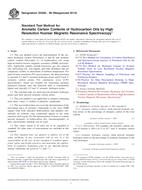
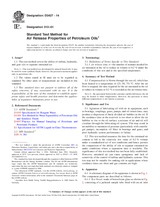 ASTM D3427-14
ASTM D3427-14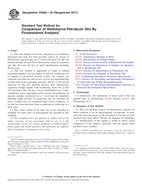 ASTM D3650-93(2011)..
ASTM D3650-93(2011)..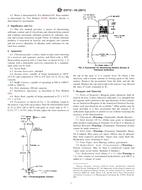 ASTM D3712-05(2011)..
ASTM D3712-05(2011)..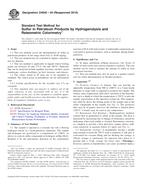 ASTM D4045-04(2010)..
ASTM D4045-04(2010)..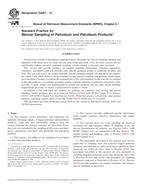 ASTM D4057-12
ASTM D4057-12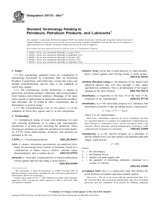 ASTM D4175-09ae5..
ASTM D4175-09ae5..
 Cookies
Cookies
